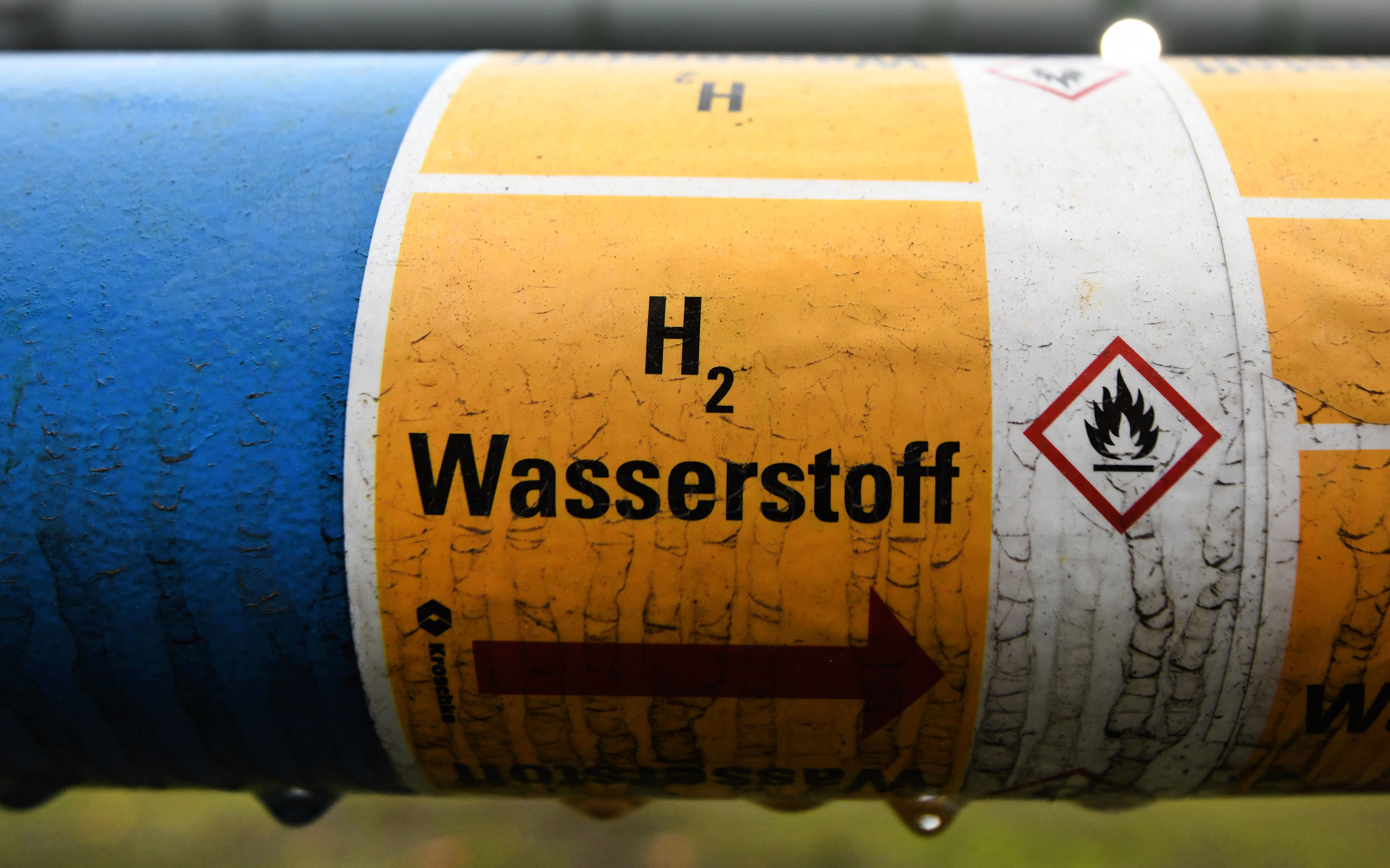Belgium: the promised land of hydrogen transition

Belgium has the most hydrogen pipelines per square kilometer in the world. That bodes well now that, more than ever, hydrogen is on the rise. The energy crisis shows that dependence on fossil fuels is not only bad for the environment but also strategically uninteresting. Thanks to its extensive network of pipelines, Belgium aims to play a role as a transit country to bring hydrogen to all of Western Europe.
In Belgium, Fluxys is building a hydrogen network of more than 100 kilometers to connect industrial clusters. Via the energy terminal in Zeebrugge, Fluxys can import hydrogen by sea. Currently, 95% of hydrogen is still produced with fossil fuels, mainly natural gas. Green hydrogen, produced with renewable energy, is still more than twice as expensive. But this should change in the near future. Different key players in the field are preparing the infrastructure for a more sustainable future. Fluxys is building Belgium's first large-scale electrolysis plant for the production of green hydrogen in Zeebrugge, in partnership with Virya Energy (the energy holding company of the Colruyt family and supermarket group). In Ostend, the port, DEME and PMV are doing the same. Also in the port of Antwerp, the American company Plug Power plans to build a hydrogen production plant (100 MW). This imported or produced hydrogen can then be shared with the rest of Western Europe via the network.
Steven Van Caekenberghe, head of Fluxys' H2 and CO2 programme, said: "It is great that Plug Power is coming on board for our project to build an open-access hydrogen grid in the Antwerp port area. The 100 MW green hydrogen production plant attached to the grid is a strong impetus for the development of the hydrogen market in the port's industrial cluster. The project is another boost to our goal of having the hydrogen grid in Antwerp ready for industry by 2026."
In time, the existing natural gas grid will probably also be used to transport hydrogen. Studies show that only limited technical modifications are needed. In both Belgium and the Netherlands there are concrete plans to convert parts of the natural gas network to a hydrogen network.
Crossing the border
The industrial cluster in North Sea Port is the largest hydrogen hub in the Benelux. Every year companies produce and consume 580,000 tonnes of hydrogen. This demand for hydrogen in the port area will double by 2050 and should be fully sustainable by then. Therefore Belgian Fluxys and the Dutch Gas Union decided earlier this year to join forces to connect their hydrogen networks. This will be done via a pipeline across the national border in the North Sea Port area. Both energy operators are currently preparing the construction of a hydrogen network with open access on their own territory. The aim is to have the networks operational in 2026 and then to interconnect them at the border. This interconnection will make it one of the first cross-border hydrogen networks with open access in Europe.
The connection between both hydrogen networks will be in Sas van Gent in the Netherlands and Zelzate in Belgium and will supply companies in the 60-kilometre-long port area with hydrogen: from Vlissingen and Terneuzen in the Netherlands to Ghent in Belgium.
#FlandersNewsService
© BELGA PHOTO